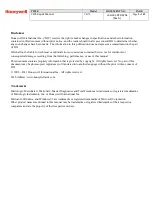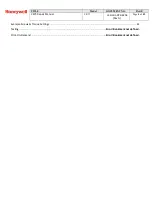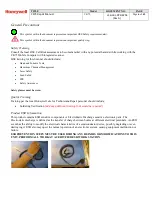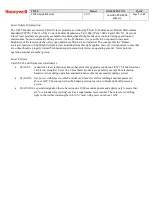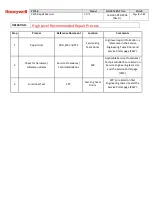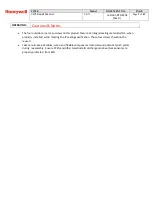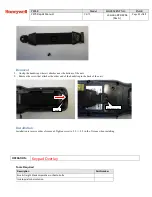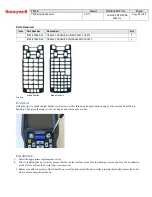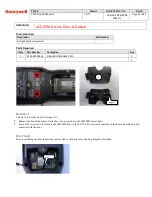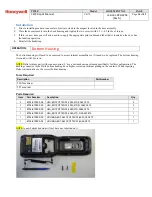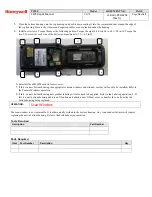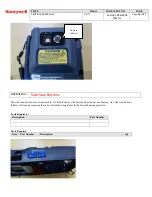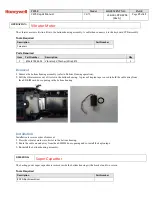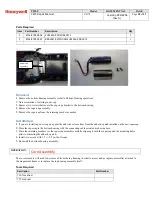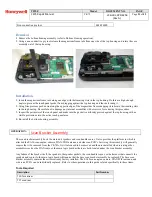
TITLE
Model
DOCUMENT NO.
PAGE
CK75 Repair Manual
CK75
L3-GLBL-RPR-4254
(Rev A)
Page
7
of
42
Laser Safety Information
The CK75 Models are rated as CLASS I laser products, as defined by The U.S. Federal Laser Product Performance
Standard (FLPPS): Title 21 of the Code of Federal Regulations; Part 1000; [Parts 1040.10 and 1040.11]. Users of a
Class I laser products are generally exempt from radiation hazard (light emission) controls during operation and
maintenance, but not necessarily during service. As the Technician, it is possible to be exposed to increased
brightness of the laser while the unit is open and lenses/filters are not installed. The concept that the “Human
aversion” reaction to bright light will protect an individual from this light applies, however it is important to note that
at no time should a properly trained Technician/repair person look into/at an operating scanner. Never point an
operating scanner at another person.
Laser Classes
CLASS I, II, and IIA lasers are defined as:
CLASS I: cannot emit laser radiation at known hazard levels (typically continuous (CW): 0.4microwatts at
visible wavelengths). Users of a Class I laser products are generally exempt from radiation
hazard controls during operation and maintenance (but not necessarily during service).
CLASS II: low power visible lasers, which emit above Class I levels but emitting a radiant power not
above 1mW. The concept is that the human aversion reaction to bright light will protect a
person.
CLASS IIA: a special designation that is based upon a 1000 second exposure and applies only to lasers that
are "not intended for viewing" such as a supermarket laser scanner. These laser are emitting
light in the visible wavelengths (0.4 to 0.7 mm) with power not above 1mW.


